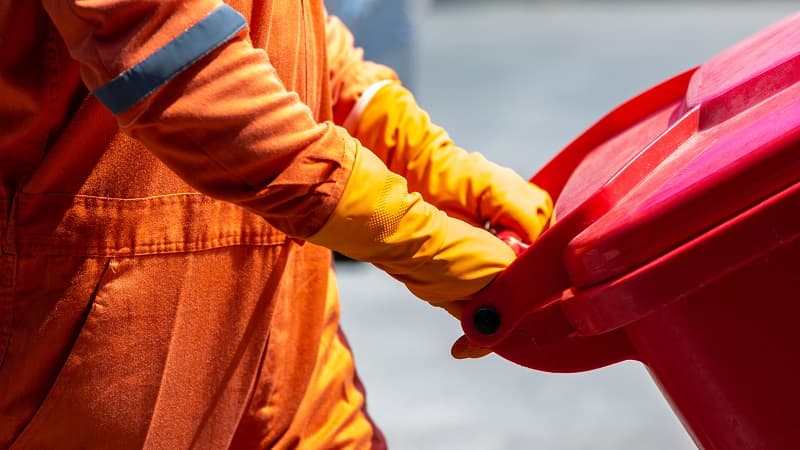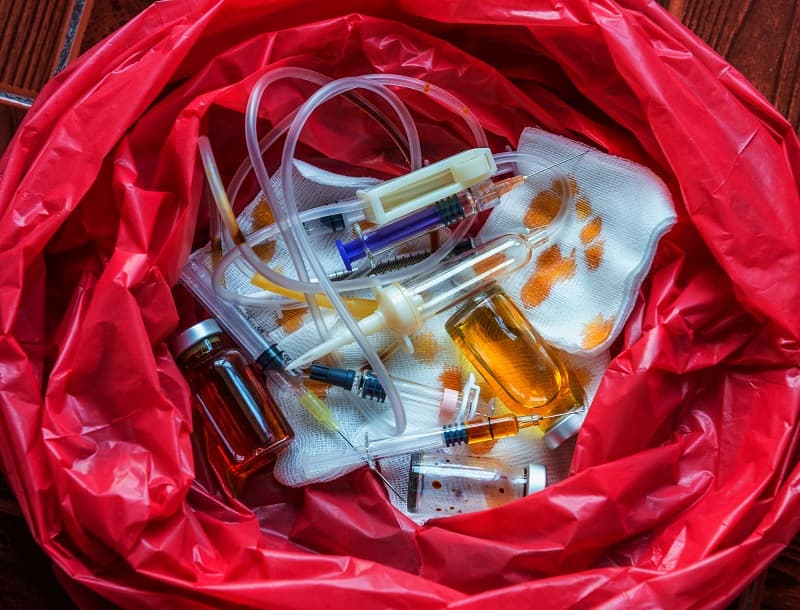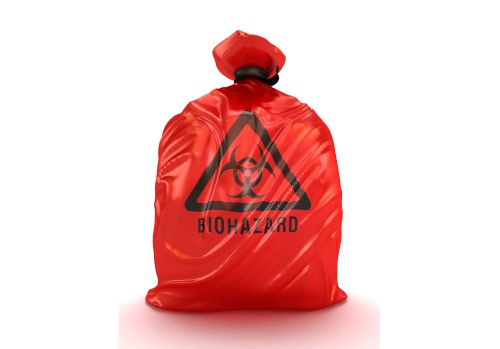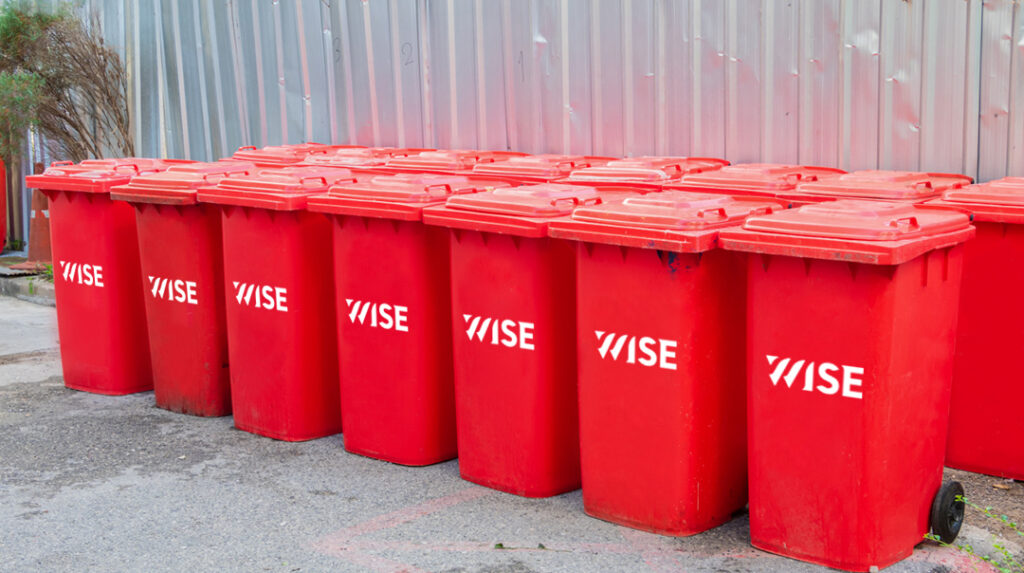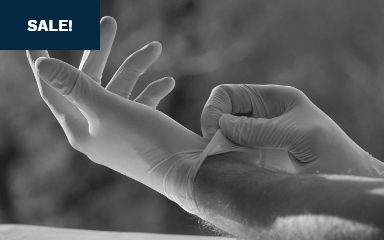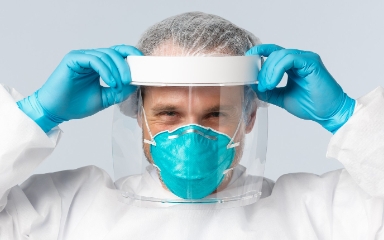A medical waste generator is an individual (including doctors and nurses) or an entity (such as a dentist, veterinarian practice or hospital) whose actions resulted in the production of medical waste. The generator may be an individual, private or public corporation, a partnership, a board or any other association of people. Medical waste generators consist of clinics, blood banks, surgery centers, dialysis centers, laboratories, funeral homes, pharmacies, tattoo parlours, med spas and acupuncture facilities among many others.
The term "biohazard" is defined as biological material (for example plants, animals, microorganisms or their byproduct) that poses potential risk to the health and well-being of humans, animals, or the environment 29 CFR 1910.1030 (g)(1)(i)(A). All bio hazardous waste must be disposed of in an approved biohazardous medical waste container
Medical waste is classified as any solid waste which is generated in the diagnosis, treatment or immunization of humans or animals, in research, or in the production or testing of biologicals. Medical waste does not include hazardous waste or radioactive waste. Medical waste disposal is a term often used to signify the collection, transport and treatment of medical waste by a licensed waste hauler.
Regulated medical waste (sometimes referred to as red bag waste or biohazardous waste) is the classification for wastes that are contaminated with blood, body fluids or other potentially infectious materials, thus posing risk of transmitting infection. According to the Centers for Disease Control and Prevention, medical waste is “waste sufficiently capable of causing infection during handling and disposal.” We have medical waste and sharps disposal containers for all the specific waste streams these faculties generate, including regulated medical waste, sharps waste, pharmaceutical waste, chemotherapy waste, and hazardous waste.
